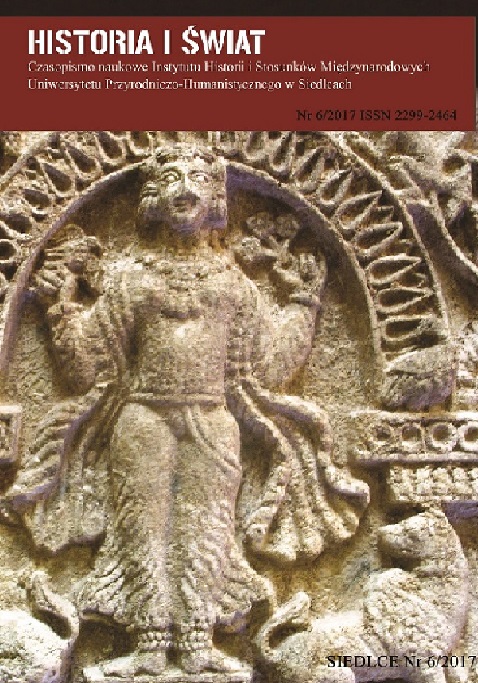The reliefs of Naqš-e Rostam and a reflection on a forgotten relief, Iran
DOI:
https://doi.org/10.34739/his.2017.06.04Keywords:
Naqš-e Rostam, Elamite, Sasanian, ReliefAbstract
As one of the most important archaeological sites in Iran and also because of its holiness, Naqš-e Rostam was always being paid attention through historic periods. The earliest remain of the site goes back to Elamite period while many more reliefs were then added in the Achaemenian and Sasanian periods. Except for the Elamite relief which later vanished as Bahram II relief was made over it in the Sasanian period, other reliefs of Naqš-e Rostam date to Sasanian period. However, it seems that there is one more relief which must be dated to Elamite time. This includes a standing human who has raised his hand in front of his face while represented in profile facing right. The relief was firstly introduced by Roaf who attributed it to Narseh, the Sasanian king. This paper firstly describes the relief and secondly suggests an alternative Elamite date as the result of comparative investigations.
Downloads
Downloads
Published
How to Cite
Issue
Section
License
Copyright (c) 2017 Historia i Świat

This work is licensed under a Creative Commons Attribution-NoDerivatives 4.0 International License.




